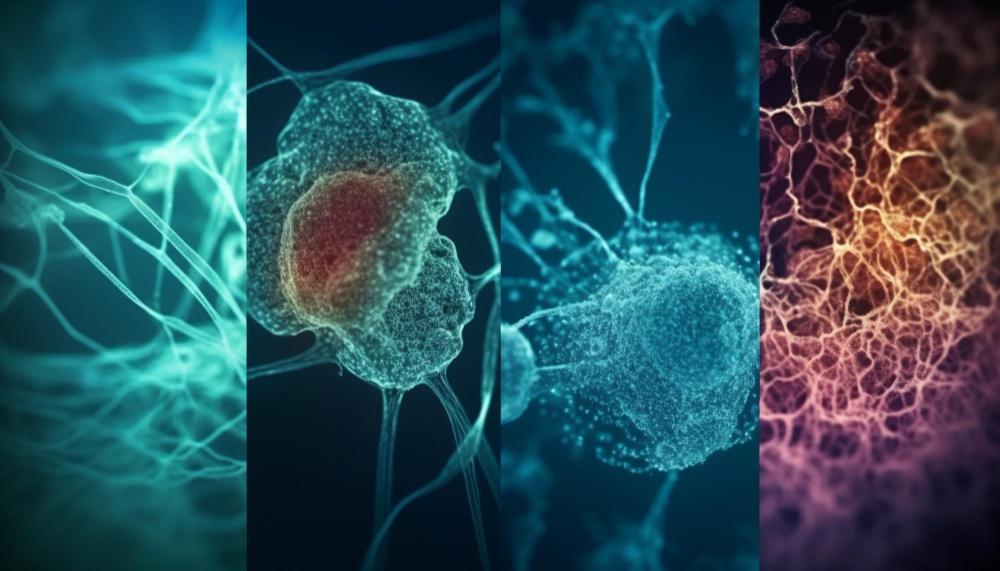Glioblastoma Multiforme: 13 Commonly Asked Questions Answered

Glioblastoma Multiforme (GBM) is a severe and aggressive brain tumor that presents significant challenges in treatment and management. Given its complexity, patients and caregivers often have many questions about the disease. This article provides 13 commonly asked questions about glioblastoma multiforme, answered with the latest insights into symptoms, diagnosis, treatment, and clinical trials.
1. What Is Glioblastoma Multiforme (GBM)?
Glioblastoma Multiforme (GBM) is a fast-growing, malignant brain tumor that originates in the brain’s glial cells. It is the most common primary brain tumor in adults and is known for its resistance to conventional treatments.
2. What Are the Symptoms of Glioblastoma Multiforme?
The symptoms of glioblastoma multiforme include:
-
Severe headaches
-
Seizures
-
Memory loss and confusion
-
Vision disturbances
-
Weakness or numbness in the limbs
-
Difficulty speaking or understanding speech
Symptoms worsen as the tumor grows, making early detection challenging.
3. How Is GBM Diagnosed?
Doctors diagnose GBM using MRI and CT scans, which help visualize brain abnormalities. A biopsy is often performed to confirm the diagnosis and determine tumor characteristics.
4. What Is the Life Expectancy of GBM Patients?
GBM has a poor prognosis, with most patients surviving between 12 to 15 months after diagnosis. However, new treatments and clinical trials aim to extend survival.
5. What Causes GBM?
The cause of GBM remains unclear, though factors like genetic mutations, age, and radiation exposure may contribute.
6. What Are the Standard Treatments?
Treatment typically includes:
-
Surgery – Removing as much of the tumor as possible.
-
Radiation Therapy – Targeting remaining cancer cells.
-
Chemotherapy – Most commonly using temozolomide (TMZ).
-
Tumor Treating Fields (TTF) – A non-invasive treatment that uses electrical fields to slow tumor growth.
7. Do Alternative Treatments Work for GBM?
While some patients explore alternative treatments, such as dietary changes or CBD, these should not replace standard therapies.
8. How Are MRI and CT Scans Used in GBM Monitoring?
MRI and CT scans track tumor progression and treatment response, helping doctors adjust therapy as needed.
9. Can GBM Be Cured?
There is no cure yet, but new therapies in clinical trials offer promising results.
10. What Are Some Experimental GBM Treatments?
Research is exploring:
-
Immunotherapy
-
Gene therapy
-
Oncolytic viruses
-
Personalized medicine
11. How Can Patients Find Support?
Support groups, online forums, and glioblastoma blog discussions offer helpful resources.
12. What Does the Future Hold for GBM Treatment?
Future advancements in AI-driven research and personalized medicine may improve survival rates.
13. Where Can I Learn More?
Reliable sources include cancer organizations and glioblastoma blog discussions where patients and experts share insights.
Conclusion
This article has provided 13 commonly asked questions about glioblastoma multiforme, answered with up-to-date medical information. While GBM remains a significant challenge, new research and clinical trials offer hope for improved treatments in the near future.
Latest Reports:-
Abetalipoproteinemia Market | Acral Lentiginous Melanoma Market | Adrenal Cortex Neoplasms Market | Anovulation Market | Antibody Mediated Rejection Market | Arthroscopic Shavers Market | Asthma Diagnostic Device Market | Atypical Teratoid Rhabdoid Tumors Market | Bacterial Pyogenic Meningitis Market | Bradycardia Treatment Devices Market | Brain Concussion Market | Bronchiectasis Market | Bronchiolitis Market | Bullous Keratopathy Market | Cancer Anorexia Market | Carbapenem-Resistant Enterobacteriaceae Infection Market | Centronuclear Myopathy Market | Cerebral Infarction Market | Chlamydia Infections Market | Chronic Idiopathic Urticaria Market | Chronic Insomnia Market | Chronic Kidney Disease Market | Chronic Pulmonary Infection Market | Chronic Refractory Cough Market | Chronic Spontaneous Urticaria Market | Congenital Adrenal Hyperplasia Market | Connective Tissue Disease-Associated ILD Market | Convulsive Seizures Market |
- Arts & Entertainment
- Causes
- Crafts
- Dance
- Drinks
- Film
- Health
- Food Trends
- Gaming
- Home & Garden
- Health & Fitness
- Literature
- Music & Concerts
- Networking
- Other
- Party
- Religion
- Shopping
- Sports
- Theater
- Wellness
- Cryptocurrency
- NFT Trends
- Coin update
- Lifestyle
- Business & Finance
- Entrepreneurship
- Marketing Strategies
- Personal Finance
- Investment Tips
- Industry Trends
- Technology
- Gadgets & Reviews
- Software & Apps
- Cybersecurity
- Emerging Technologies
- How-To Guides
- Education
- Movie & TV Reviews
- Celebrity News
- Book Reviews
- Personal Development
- Motivation & Inspiration
- Life Hacks
- Community & Culture
- Local Events
- Cultural Insights
- Social Issues
- Interviews & Spotlights
- Volunteering & Activism
- Science & Nature
- Animal Behavior
- Beauty Tips
- Fashion Trends
- Product Reviews
- Food & Drink
- Cooking
- Restaurant Reviews
- Travel
- Arts & Crafts
- Photography
- Workout Routines
- Parenting Tips
- News
- Tips & Tricks
- Case Studies
- Product Reviews
- Interviews
- Opinion
- Research & Insights
- Events Coverage
- Personal Stories
- Announcements
- Trends & Predictions
- Guest Posts


